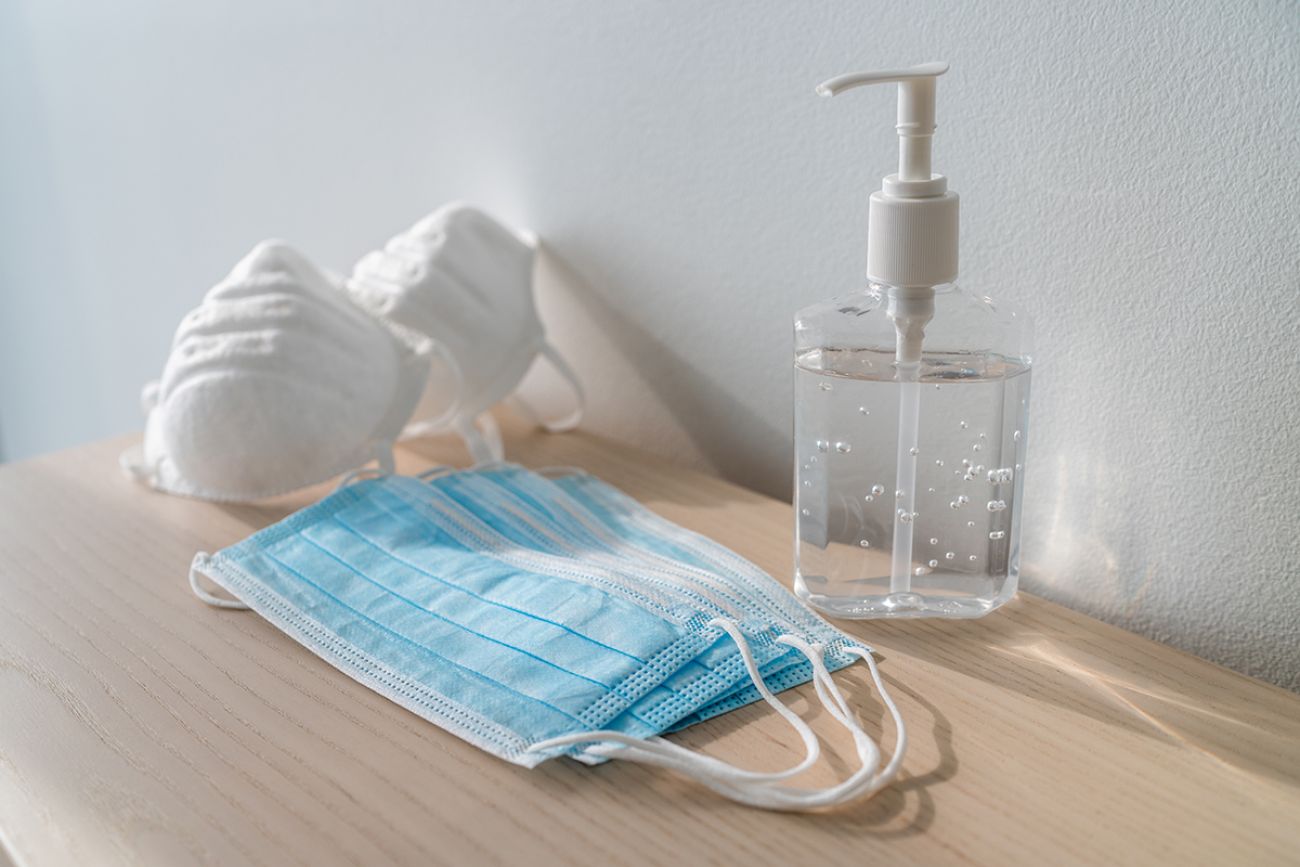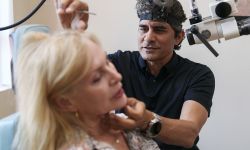Michigan suspends contact tracing contract as COVID cases surge

May 20: Northern Michigan braces for tourists as counties move to high risk for COVID
Michigan is officially suspending its multi-million dollar contract for COVID-19 contact tracing, even as the state is amid another surge of the virus.
Paid over $18 million in federal funds since August 2020 to help the state urge quarantines for those who came into contact with COVID-19 patients, the Michigan Public Health Institute told state officials last week it intends to lay off 67 temporary workers as of July 1.
The move was not unexpected: In January, amid soaring cases from the omicron wave, the state told local public health officials to focus all contact tracing on schools and congregate care settings like nursing homes.
Related:
- Feds offer Michigan more free COVID tests. Here’s how to get yours.
- Mailbox-bound: Free COVID tests now available for Michigan homes
- Got COVID? Michigan has 66 one-stop shops that both test and treat
But the end of the contract is yet another sign that health officials are treating this wave differently. The state remains in its self-designated “Recovery (Post-surge)” phase despite a sharp increase in cases in the past two months, with weekly case counts quadrupling since March 1.
“Although we are seeing case rates increase, we are not seeing significant increases in hospitalizations, ICU hospitalizations of deaths,” said Lynn Sutfin, a spokesperson for the Michigan Department of Health and Human Services, in an email with Bridge Michigan.
“We are monitoring all metrics carefully and will update the residents of Michigan if our assessment changes.”
Michigan isn’t alone. Across the nation, many states and cities that once had embraced restrictions are reluctant to add them again. Philadelphia instituted a mask mandate in April only to rescind it days later.
The moves come as weekly cases in Michigan have soared to more than 23,000 as of last Wednesday from 5,600 in early March, but hospitalizations have grown at a far slower rate than earlier waves.
In early January, for instance, state hospitals had 5,000 COVID-19 patients, but now there are less than 1,200. COVID deaths meanwhile are averaging about five per day, down from 56 per day in January, according to CDC data analyzed by Bridge Michigan.
The end of the contact tracing contract doesn’t mean the state is no longer pursuing the strategy, Sutfin said. The contract with the nonprofit began when local health departments didn’t have enough staff to reach out to those who had been infected. Now, they do, she said.
“These individuals were needed early on when the state’s strategy was to investigate and trace all cases and contacts. We are now only focused on certain types of cases and contacts and are using technology more to provide education,” Sutfin said.
Last week, the Centers for Disease Control and Prevention identified 16 of 83 Michigan counties — covering over half the state’s population — where it recommends everyone wear a mask indoors in public.
But public reaction has been muted.
In the Upper Peninsula, the CDC identified Mackinac and Chippewa counties as high risk.
But Nick Derusha, health officer for Mackinac and three other counties, said “a pretty large portion of our population (are) done wearing masks.”
Residents may change behaviors if they know people who are infected, but “not so much when the CDC changes a map,” Derusha said, who added his contact tracers are now more focused on reaching out and offering help to those who are infected.
Likewise, in Calhoun County, which the CDC considers “high risk,” health officials are focused now on educating people about personal risk, said Eric Pessell, the county’s health officer.
“Telling everyone to just wear a mask wasn’t working,” Pessell told Bridge Michigan.
“We can’t be in crisis 100 percent of the time because we’ve lost people.”
Some parents, however, are still advocating for a more robust response to the rising cases. The Michigan Parent Alliance for Safe Schools on Monday asked districts in areas with high case rates to resume masking.
Nicole Kessler, a founder of the group formed last August as the school year was about to start, said districts should also be required to update the public about ongoing cases.
Her son’s district, Birmingham, has provided that information, she said. But the discontinuation of contact tracing in most cases made it difficult for most districts to identify and report school-related outbreaks.
“It is essential that we as parents know what’s going on,” Kessler said. “I think that’s frustrating for people and that makes it very difficult for people to decide what to do.”
See what new members are saying about why they donated to Bridge Michigan:
- “In order for this information to be accurate and unbiased it must be underwritten by its readers, not by special interests.” - Larry S.
- “Not many other media sources report on the topics Bridge does.” - Susan B.
- “Your journalism is outstanding and rare these days.” - Mark S.
If you want to ensure the future of nonpartisan, nonprofit Michigan journalism, please become a member today. You, too, will be asked why you donated and maybe we'll feature your quote next time!








